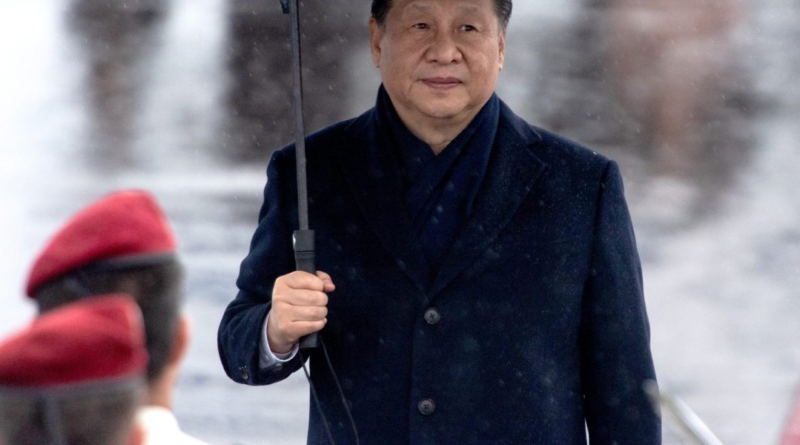China's economy is headed for a 'dead-end,' and Beijing won't do anything to stop that, scholar says
China’s leadership is relying on an export surge to revive slumping growth, but those policies won’t extract the world’s second largest economy from the malaise that it’s in, a top China watcher said.
Anne Stevenson-Yang, cofounder of J Capital Research and the author of Wild Ride: A Short History of the Opening and Closing of the Chinese Economy, pointed to failures by Beijing in an op-ed in the New York Times on Saturday.
“Years of erratic and irresponsible policies, excessive Communist Party control and undelivered promises of reform have created a dead-end Chinese economy of weak domestic consumer demand and slowing growth,” she wrote. “The only way that China’s leaders can see to pull themselves out of this hole is to fall back on pumping out exports.”
The result will be more tension with China’s trade partners as cheap manufactured goods continue to flood markets, while the Chinese people will turn gloomier, causing the government to get more repressive, Stevenson-Yang predicted.
The root cause of China’s economic problems is the Communist Party’s excessive control, which isn’t going away, while its strategies that focus on adding more industrial capacity are counterproductive, she said.
Most economists have recommended that Chinese leaders loosen their grip on the private sector and promote more consumption, which would entail reforming the government—”and that is unacceptable,” she added.
The 1989 Tiananmen Square protests represented an opportunity to liberalize the government in response to the growing private sector that emerged from economic reforms started a decade earlier. But that would’ve weakened the Communist Party’s power, Stevenson-Yang pointed out.
“Instead, China’s leaders chose to shoot the protesters, further tighten party control and get hooked on government investment to fuel the economy,” she said.
In the decades that followed, China’s investment-driven growth sought to pacify the people, while its cheap exports kept prices lower in the West. Meanwhile, debt piled up throughout China, and new infrastructure and housing sat underutilized.
Now, President Xi Jinping is running out of policy options, Stevenson-Yang warned, as Chinese consumers refuse to boost spending, and China’s trade partners put up more barriers to its exports. In fact, the Biden administration is poised to impose severe tariffs on a range of Chinese goods. Innovation won’t come to the rescue either, as China’s economy still relies mostly on replicating existing technologies, she added.
“All of this means that the ‘reform and opening’ era, which has transformed China and captivated the world since it began in the late 1970s, has ended with a whimper,” she concluded. “Mao Zedong once said that in an uncertain world, the Chinese must ‘Dig tunnels deep, store grain everywhere and never seek hegemony.’ That sort of siege mentality is coming back.”
China’s slowing growth, real estate crisis, high youth unemployment, and U.S. restrictions on key technologies have led to predictions of a so-called lost decade of stagnation. Pointing to China’s aging population, veteran strategist Ed Yardeni last year said the country could become “the world’s largest nursing home.”
But a top China expert warned last month against such pessimism, saying it could lead the U.S. to grow complacent.
“While its growth has slowed in recent years, China is likely to expand at twice the rate of the United States in the years ahead,” wrote Nicholas Lardy, a senior fellow at the Peterson Institute for International Economics, in Foreign Affairs




